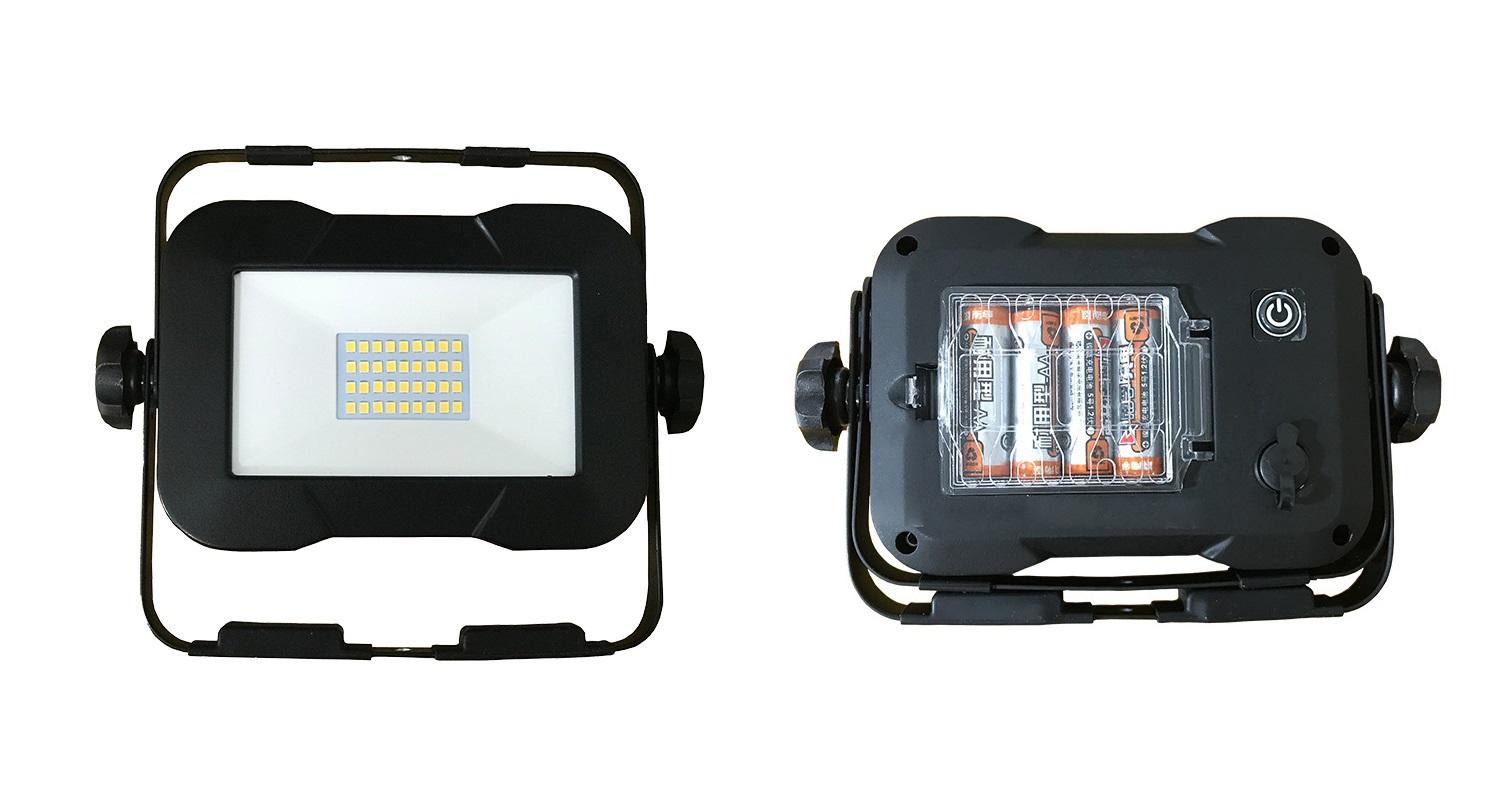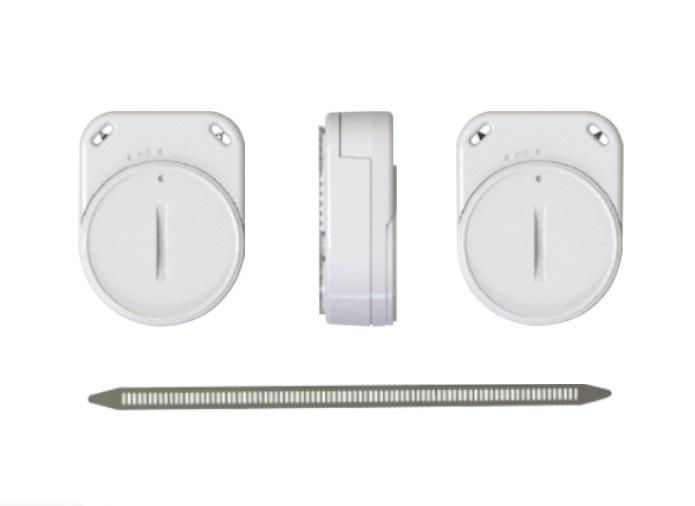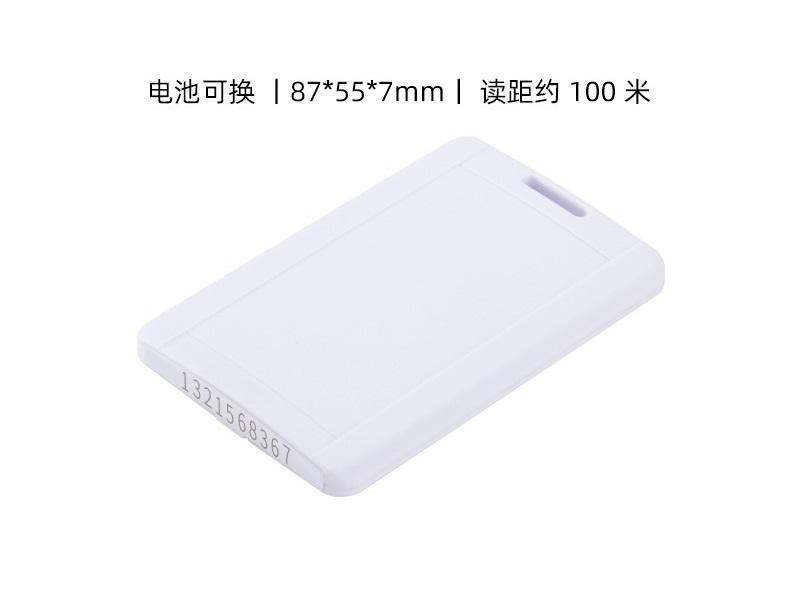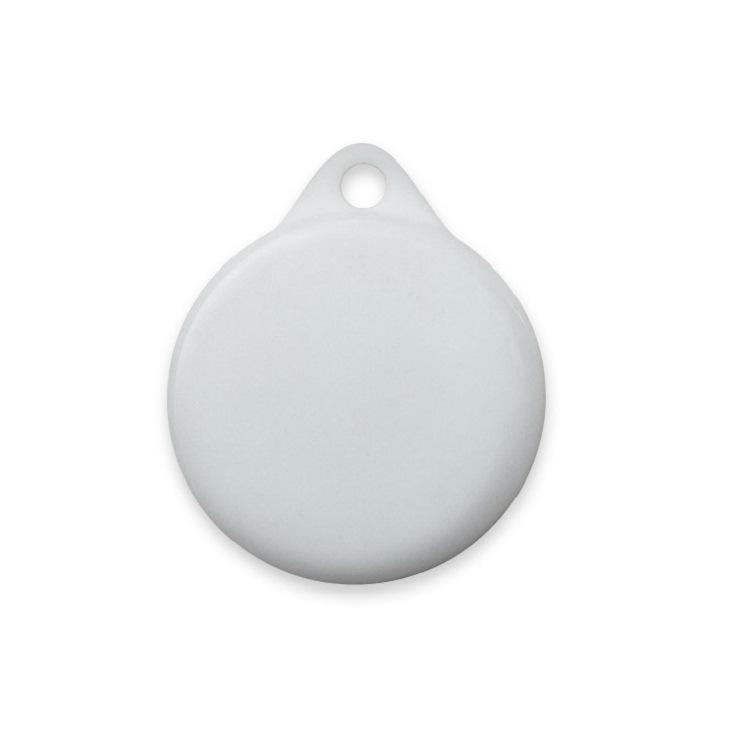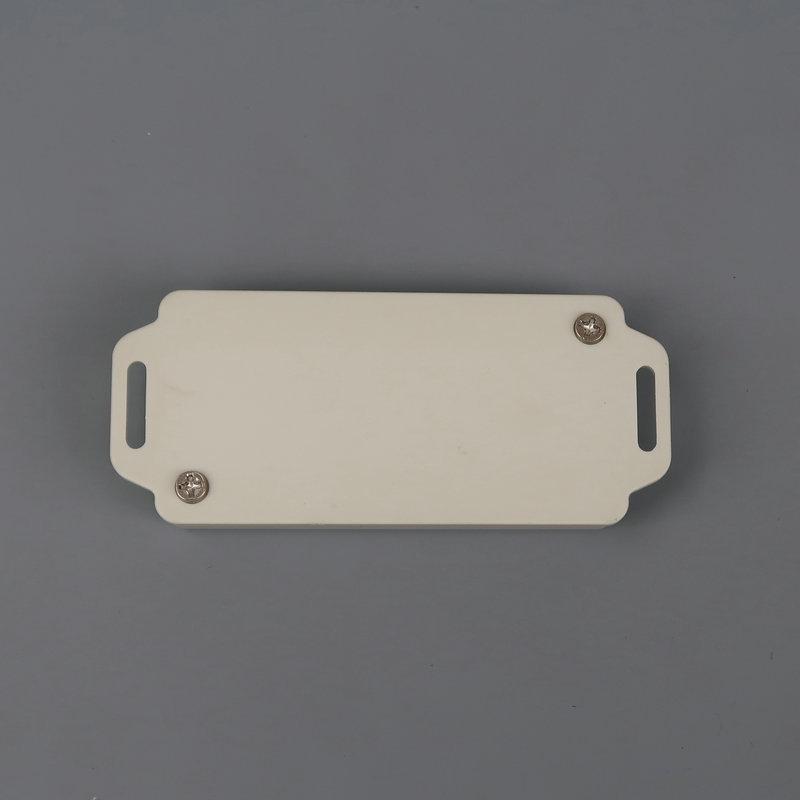Battery-operated work lights are portable lighting solutions that do not require a direct power source. They are commonly used in various work settings where access to electricity may be limited or inconvenient.
This summary provides essential details about battery-powered work lights.
Some key aspects of battery-operated work lights
Here are some key points about battery-powered work lights.
Portability
Not being tethered by a power cord allows battery work lights to be easily moved and positioned anywhere, even areas without access to outlets.
Their cordless, compact design makes them highly portable for job sites, camping, automotive work, and other mobile applications.
Convenience
The lack of cords eliminates tripping hazards and the hassle of extension cords on work sites.
Battery-powered lights allow you to illuminate areas far from power sources like attics, crawl spaces, outdoors etc.
Safety
Battery operated lights reduce electrical hazards compared to corded models, especially in damp environments.
Not having cords makes them safer for automotive work or other tight spaces where cords could get caught.
Drawbacks of battery work lights
However, there are also some potential drawbacks of battery work lights:
- Limited run time before needing to recharge batteries.
- May not achieve the same maximum brightness as corded lights.
- Batteries can add extra weight and cost over time.
Overall, the portability, safety, and convenience make battery-powered LED work lights an excellent choice for mobile job sites, automotive work, camping, emergency use and any application where cord-free illumination is beneficial, despite their runtime limitations.
Do battery-operated work lights save money?
Battery-operated work lights may save money compared to corded or hardwired models due to their lower upfront cost, electricity savings, and increased flexibility. However, the cost depends on usage patterns, electricity rates, and equipment lifespan. For intermittent or portable users, battery power may outweigh higher ownership costs.
How long do battery operated lights last?
The duration that battery-operated lights last depends on several factors, including:
- Type of light. LED lights generally last longer than incandescent or halogen bulbs.
- Battery type and quality. Alkaline batteries typically last longer than zinc batteries.
- Usage. Lights used for extended periods will drain batteries faster.
- Battery capacity. Higher-capacity batteries last longer.
Here are some approximate battery life expectancies for common battery-operated lights:
- LED tea lights: 20-50 hours
- LED candles: 50-100 hours
- LED string lights: 20-50 hours
- Flashlights: 2-10 hours
- Lanterns: 10-20 hours
Keep in mind that these are rough estimates, and actual battery life may vary. Always check the manufacturer's specifications for more accurate information.
Can I leave the battery-operated lights on all night?
Battery-operated lights can be left on all night, but it's important to consider factors like battery drain, heat buildup, and safety. LED lights are safer but require monitoring and replacement.
To minimize risks, use LED lights with automatic shut-off or timers, monitor battery life, and keep lights away from flammable materials. Follow manufacturer guidelines and be mindful of energy consumption and battery life.
